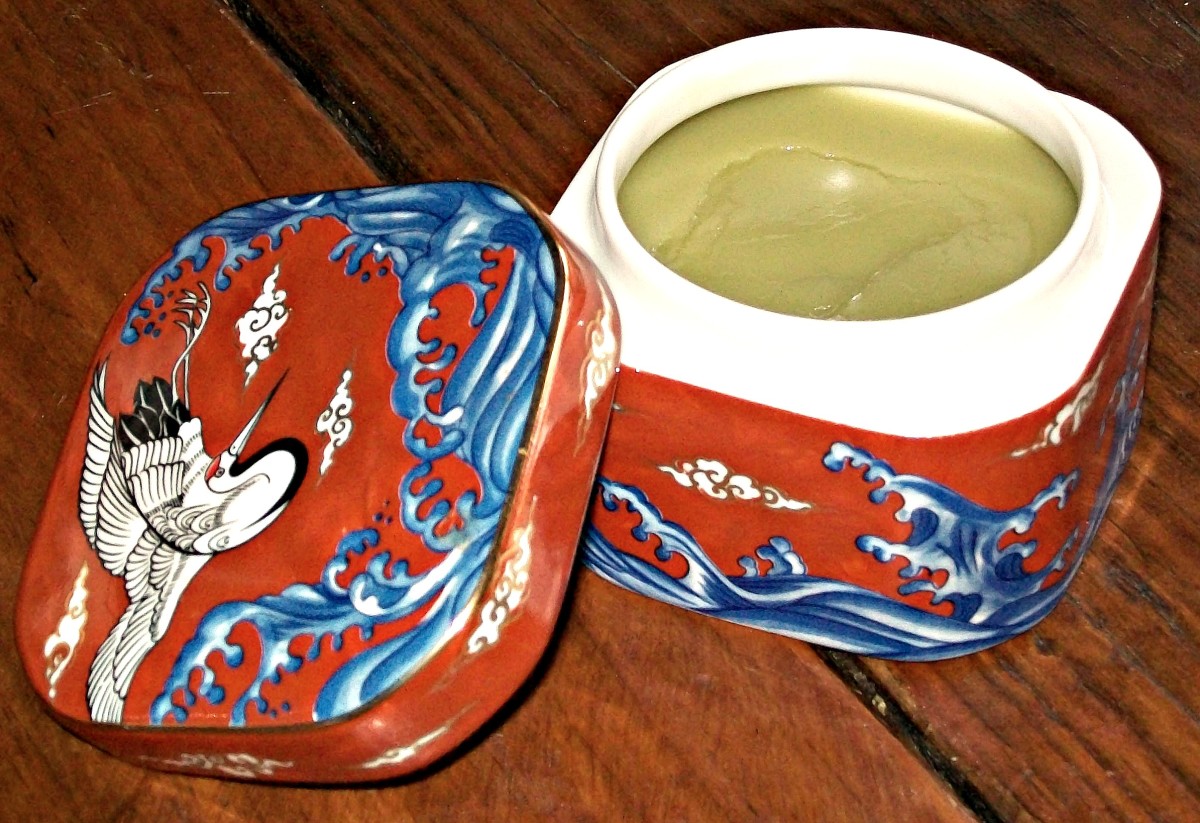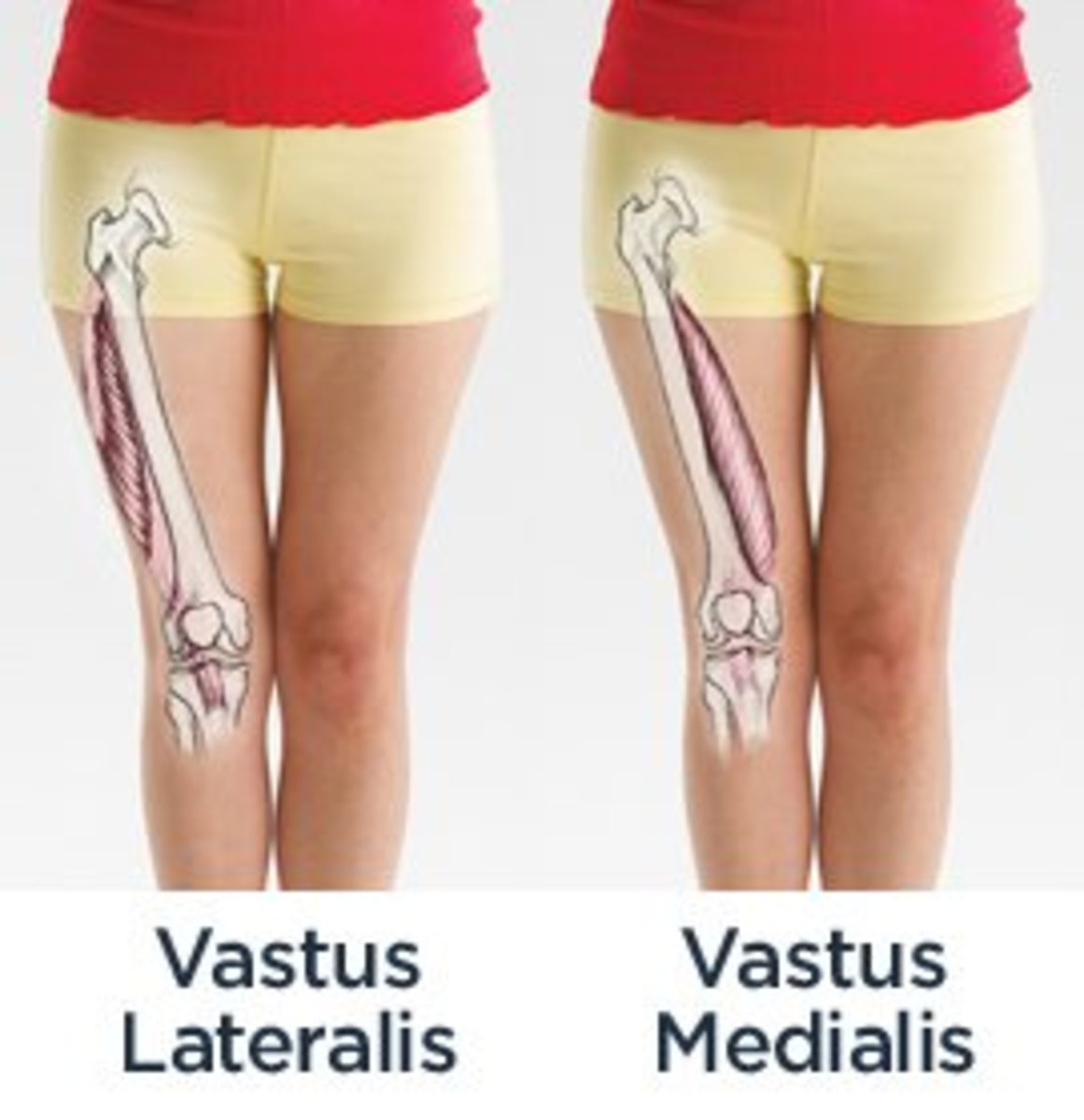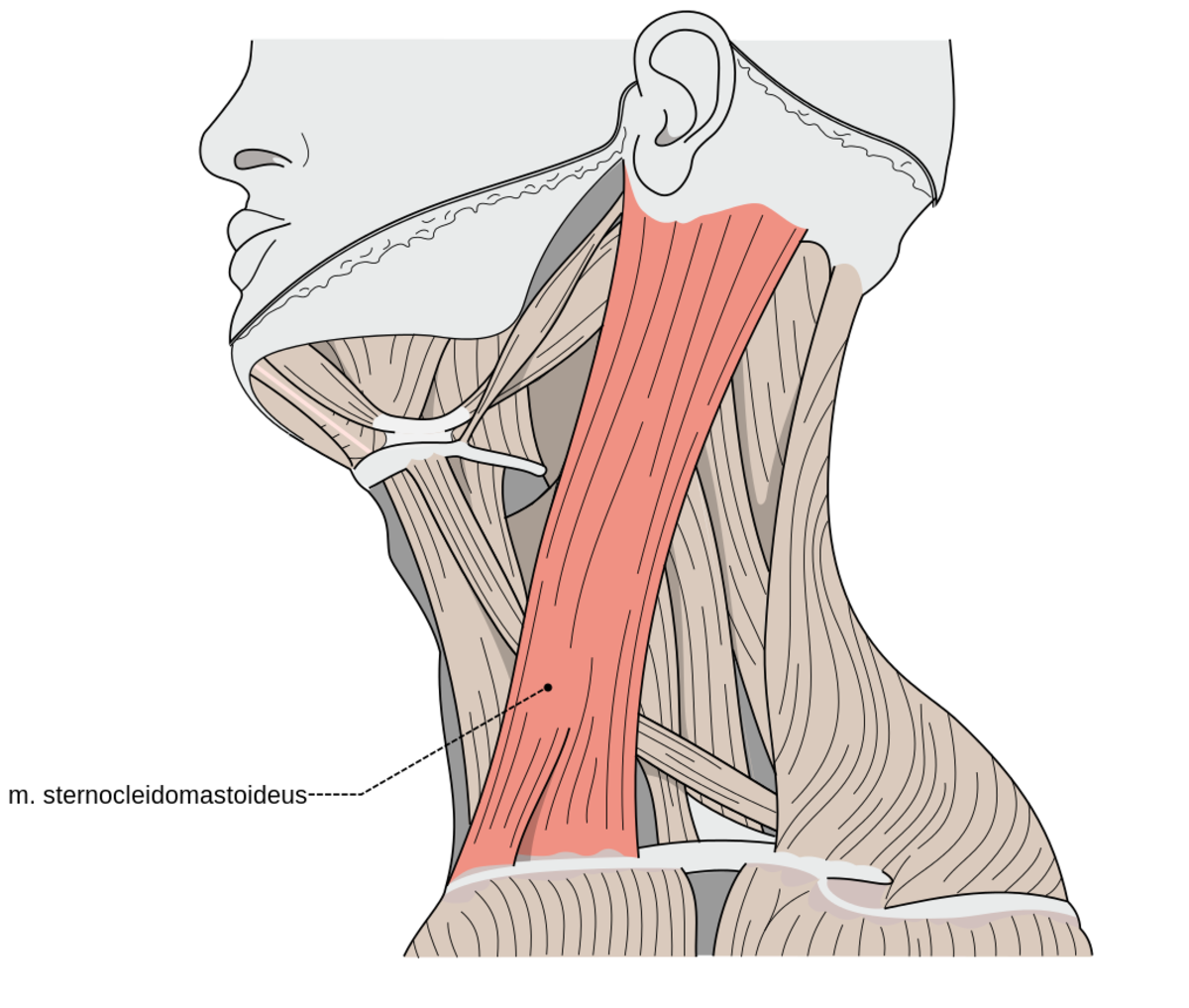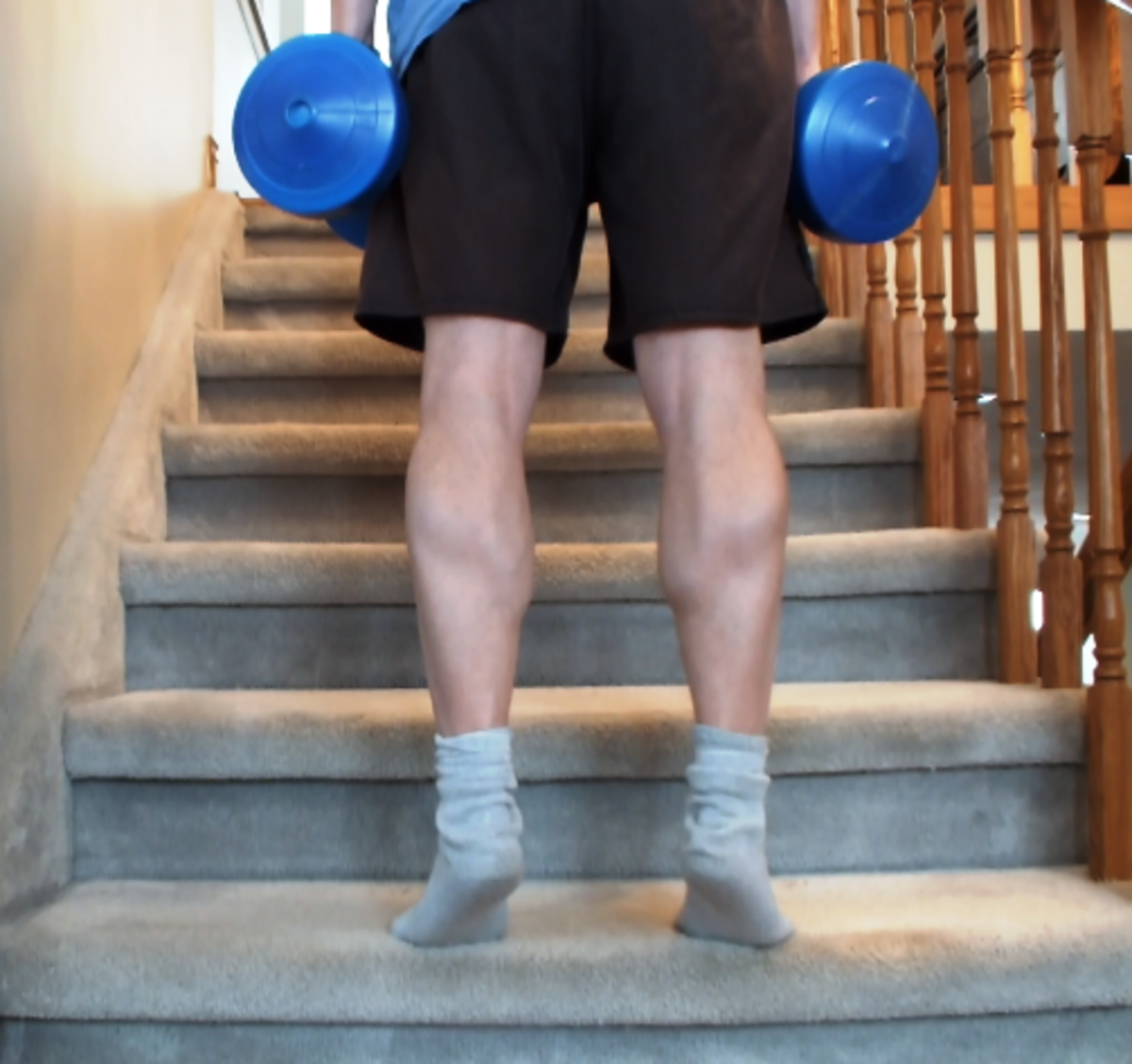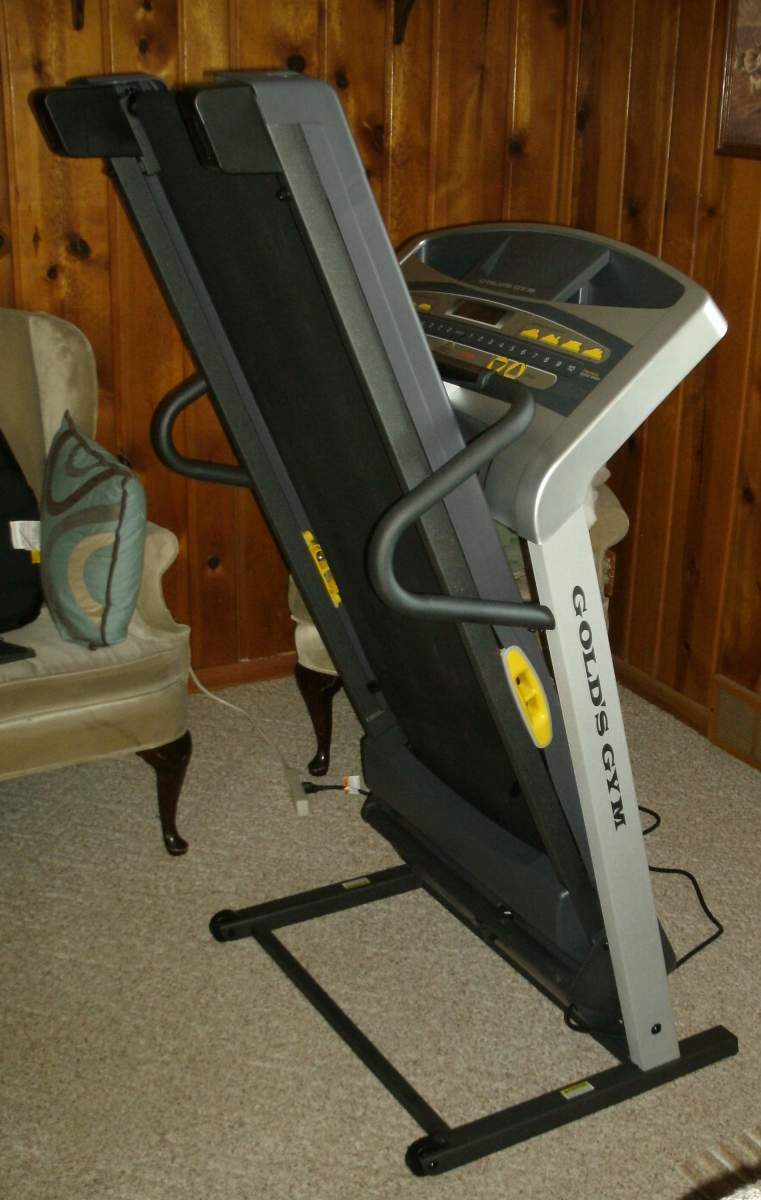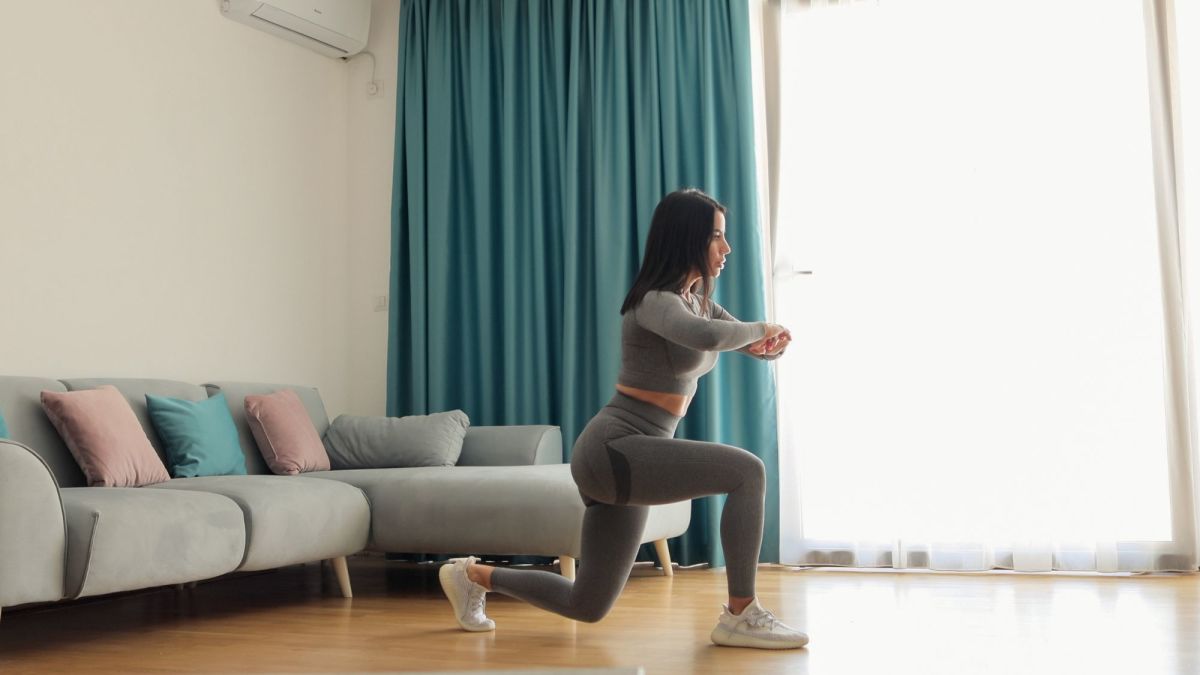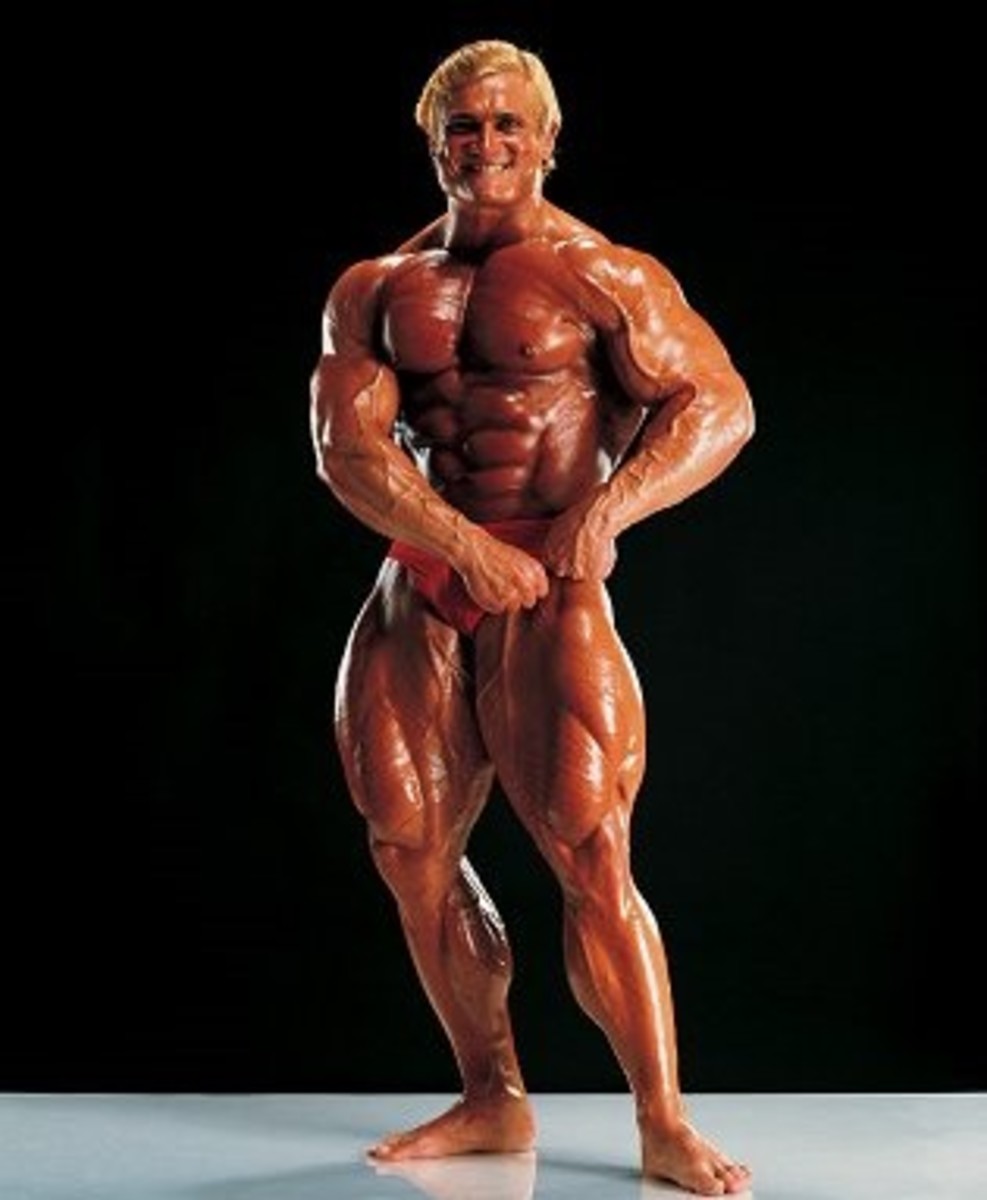How to Prevent Sore Muscles. Ways to Avoid Muscle Pain from Exercising.
Why Your Muscles Hurt
Exercise does not make muscles bigger and stronger. It damages the muscles making them weaker. The muscles get very small tears in them. You experience pain because you are injured. When you are not exercising the muscles heal and become stronger. Most of the healing happens when you are asleep. To build muscle you need to keep damaging your muscles and then letting them heal.
If you are not straining the muscles enough to injure them then your muscles will not get bigger or stronger. No pain generally means no gain. A little pain is a good thing. It tells you that you are going to get stronger. However a lot of pain is not necessary. There are things you can do to reduce or avoid muscle pain.
Delayed Onset Muscle Soreness
Pain means stop or caution depending on the level of pain. One of the main problems is that your muscles may not start to really hurt until a day or two after you exercised your muscles. Often there is a delay between the exercise and the pain. There are two main reason for this. The first is that injuries usually get worse before they get better. For instance you get a bruise or a cut. The next day it looks worse and hurts more. It becomes inflamed but that is part of the healing process.
The second reason is that exercise causes your body to release endorphins. Endorphins are natural pain killers. Not only do endorphins dull the pain but they can also make you feel really good. It makes exercising easy and more addictive. It also makes it harder to know when to stop. After you stop exercising and your body's natural pain killers wear off you start to feel more pain and discomfort.
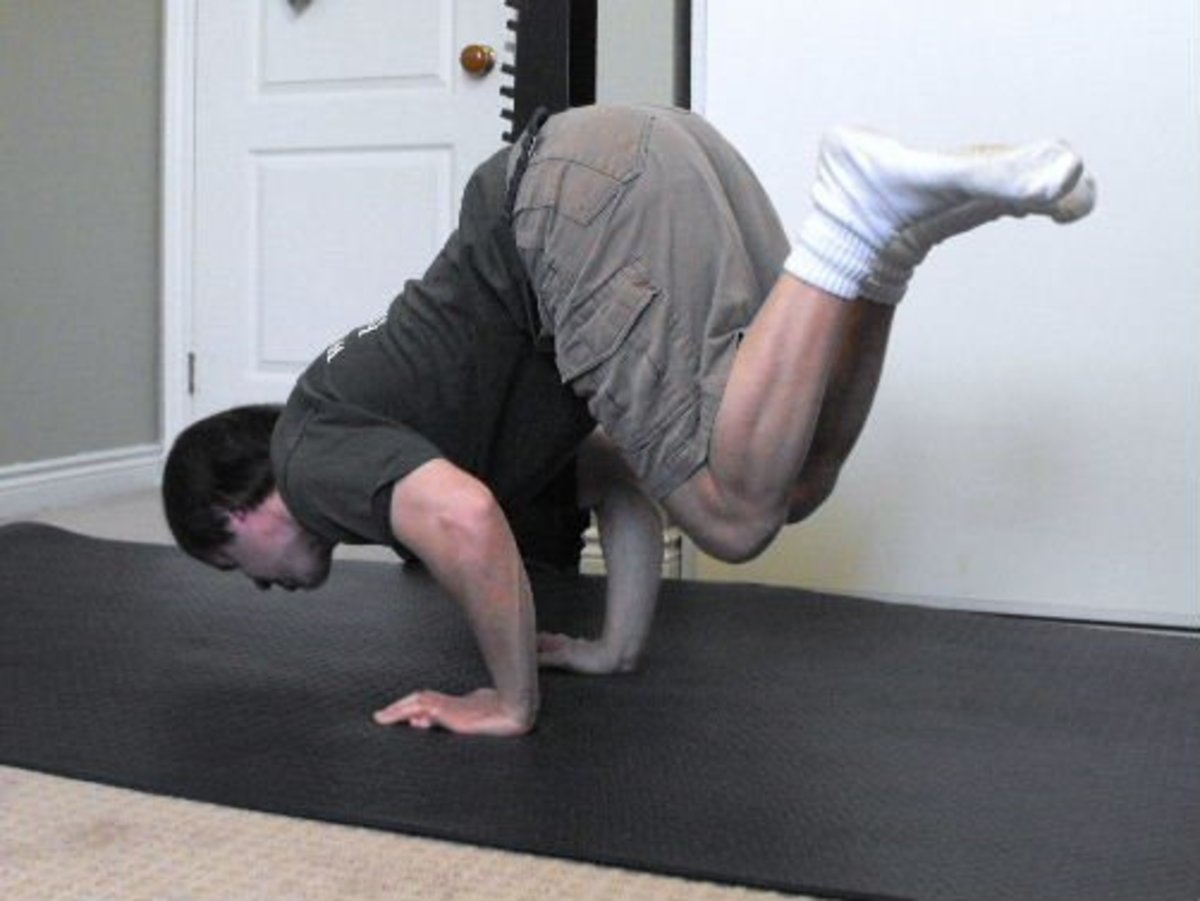
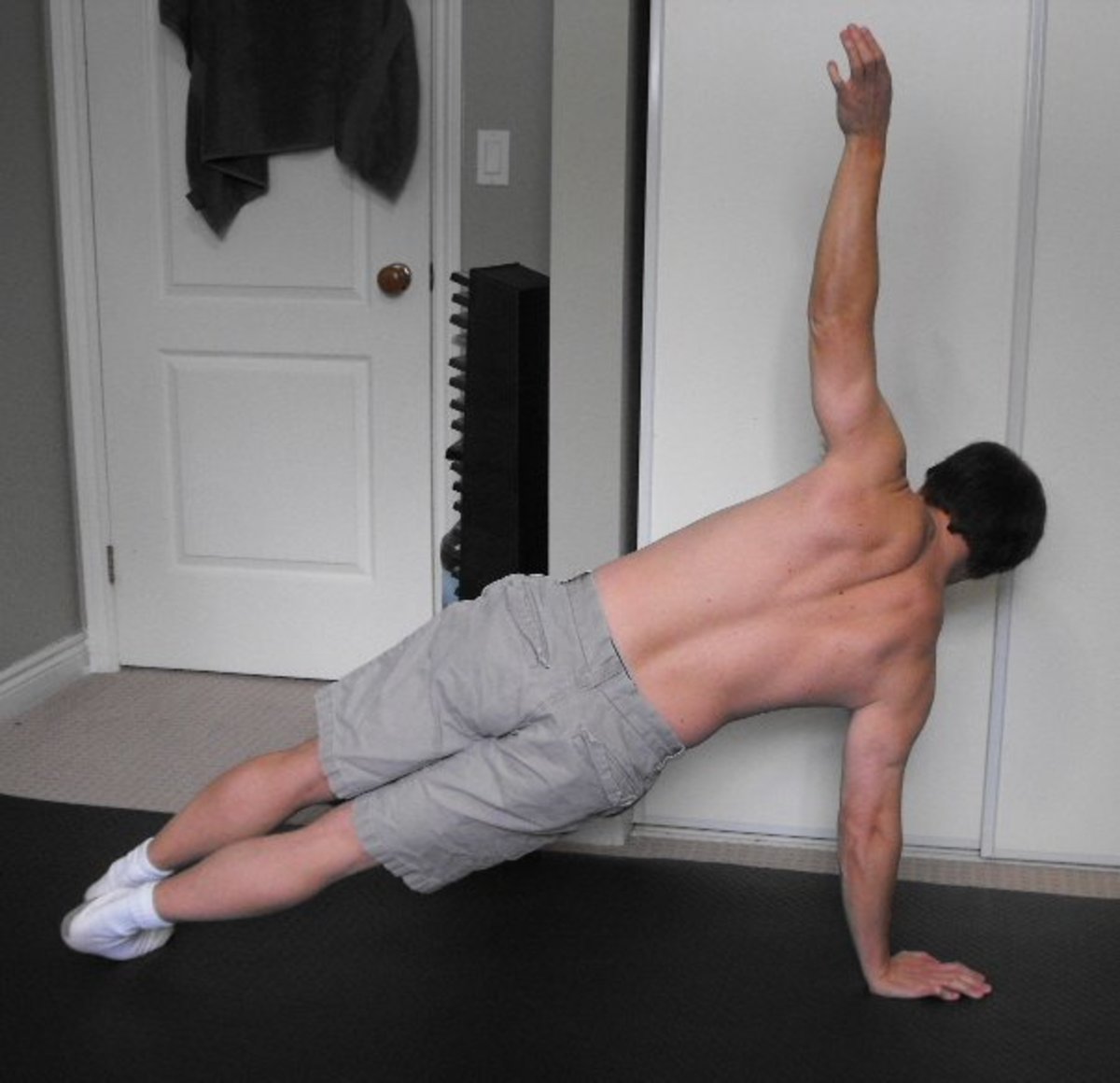


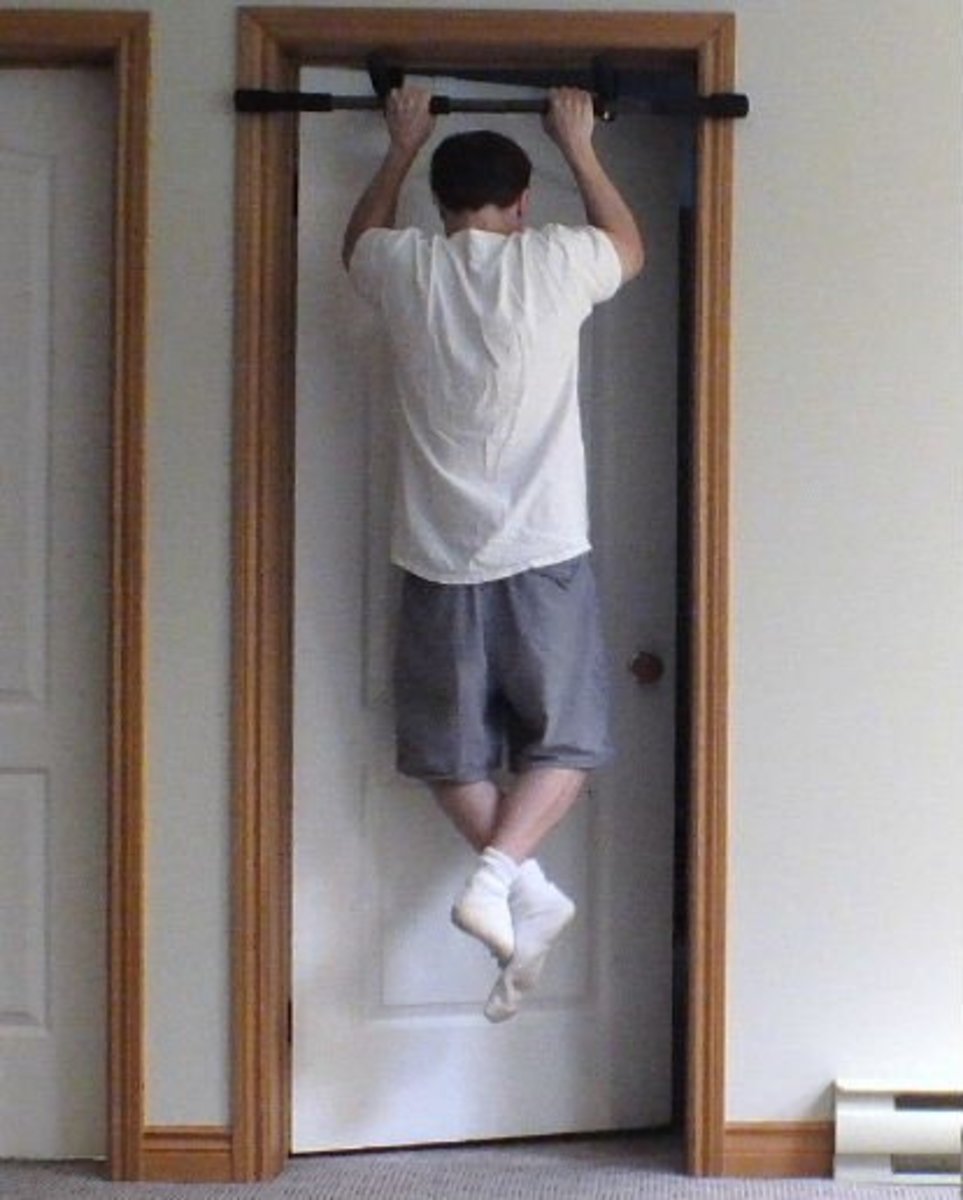
Ways To Avoid or Reduce Muscle Pain
Warm up and cool down. Before starting the exercise or your workout routine get your body ready. Move around for a few minutes to loosen up your muscles and get your heart beating a little faster than your resting heart rate. After exercising hard don't just stop. Spend a few minutes slowing down and reducing the intensity. It can prevent you from getting dizzy, fainting, feeling sick to your stomach, overheating, or feeling worn out. Just stopping can make you feel terrible. Having a cooling down period for 5 or 10 minutes will not do much to reduce muscle pain but it can prevent you from making yourself feel sick.
When starting a new routine take it easy the first 3 or 4 days. Ease into the routine and you can avoid a lot of pain. Give your body a chance to adapt. Then gradually increase the intensity of duration of the exercise. Trying your best when your body is not ready can be very painful. Most of the pain occurs long after you finished the exercise. As a rule I always take it easy when starting a different exercise routine or while doing a new exercise. It prevents me from being really sore the next day.
Avoid making the injury worse. The next day If it still hurts or your muscles are still weak then your muscles still need more time to recover. Give them another day to heal. When you start to workout your muscle should not still be sore from the previous day and you should be able to do perform better or at least as well as the last time you worked out. While working out if you feel like something is going to give then stop before you really hurt yourself.
Stay active. A lack of movement can cause pain and it can slow down the healing process. Don't spend a lot of time sitting or laying down and don't sleep in. Move around and do exercises that are easy on your strained muscles like walking, a leisurely bike ride or lifting light weights. Exercising can prevent or reduce the pain if it is not strenuous.
Don't sacrifice good form. Sacrificing good form can help you do more reps or lift more weight. However it can also hurt you. If you can't do it with good posture then make it easier or stop. Wait until you are strong enough to do the exercise using good form. You should also use good posture while you are sitting or standing. Poor posture can causes a lot of pain in your muscles and your spine.
Use heat and massage to improve circulation after exercising. Poor blood circulation after an intense workout can leave you feeling stiff and sore. Have a hot bath or shower, spend time in a sauna, massage yourself or get a massage to improve your blood flow. You will feel better. Professional athletes use heat and massage because they work.
Reduce inflammation with cold water. Cold water is good for reducing muscle pain and swelling. However it can also slow down the healing process. So it should be used in moderation. If you use it only use for a few minutes at a time. Don't use it for longer than 6 minutes and don't use it very often. You can alternate between heat and cold.
Work at improving your endurance. When you work at improving your endurance you are making your muscles tougher. You are giving yourself the ability to do something over and over again without pain. For example after increasing my endurance I could bike really long distances or run on my elliptical trainer for a long time without becoming sore.
Practice being very relaxed. Practicing relaxation techniques regularly is a good way to reduce pain. Injuries don't hurt as much and they heal faster. Spend 15 minutes meditating, practicing yoga, tai chi, qigong or using some other relaxation technique. The rest of the day use deep slow belly breathing and think relaxing thoughts. Not only does relaxation reduce pain and cause you immune system to work better but it can also make you feel more energetic.
Distract yourself. You have probably noticed people that are paying so much attention to what they are doing, watching or listening to that they lose touch with most of the things that are going on around them. They can also lose touch with what is going on with their bodies. If you find something interesting to focus on you can distract yourself enough that most of the pain goes away.You temporarily stop noticing that you are in pain.
Think "Exercise pain is good.". Positive thinking can help. Pain from exercise usually means your strength, speed or endurance is going to improve. Remind yourself of what you accomplished and that your muscles will soon be tougher. Your body will adapt. Good pain does will not bother you as much as bad pain. Simply changing the way you think about it can make a big difference.
Workout your muscles hard. High intensity workouts cause your body to feel less pain and workouts are a good distraction. You have a lot of muscles. Focus on the ones that don't need more time to recover. For example if your arms are sore then workout your legs.
Give the pain a lower rating. Are you in a lot of pain? What are you comparing it to? I was in pain from having my finger nail and some skin ripped off in a machine. It was not the worst pain I had felt so it did not seem that bad to me. I finished what I was doing and then told someone that I needed the first aid kit. A person tried and failed to get me to flinch by electrocuting me with a bug zapper but to me it was just a little bit of pain. You can reduce the pain by comparing it to something worse that happened to you or someone else and giving it a lower rating.
Pain and Pleasure
Exercise can be enjoyable if you exercise fairly regularly and do things to limit the amount of pain. I associate exercise with pleasure and good pain. It makes me feel good. Besides the endorphins it provides me with a sense of accomplishment, it makes me feel powerful, builds muscle and helps me lose fat. It also gives me the strength and endurance I need to do the things I want to do.
Sitting or laying down for too long can cause more pain and discomfort than regular exercise. So can having weak muscles or being overweight. For most people not exercising causes more pain than regular exercise would. They just don't realize it until they get into the habit of exercising on a regular basis.
© 2014 Michael H



